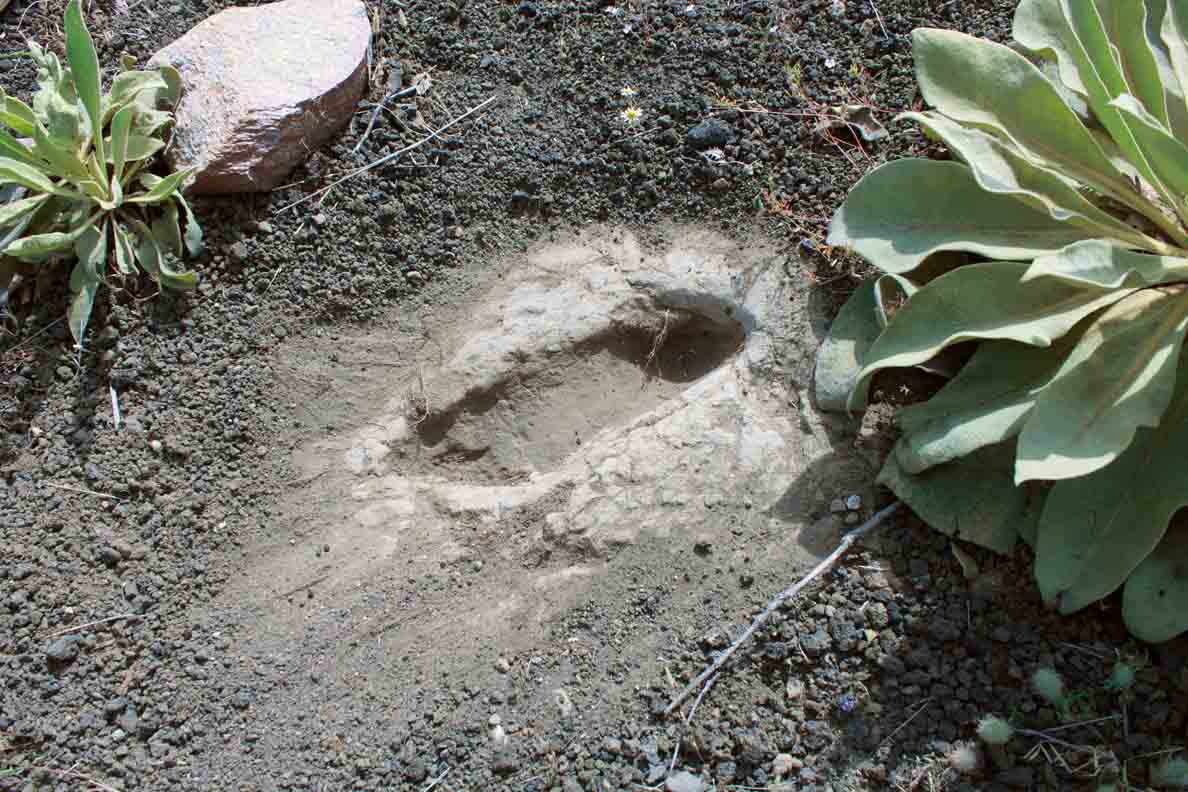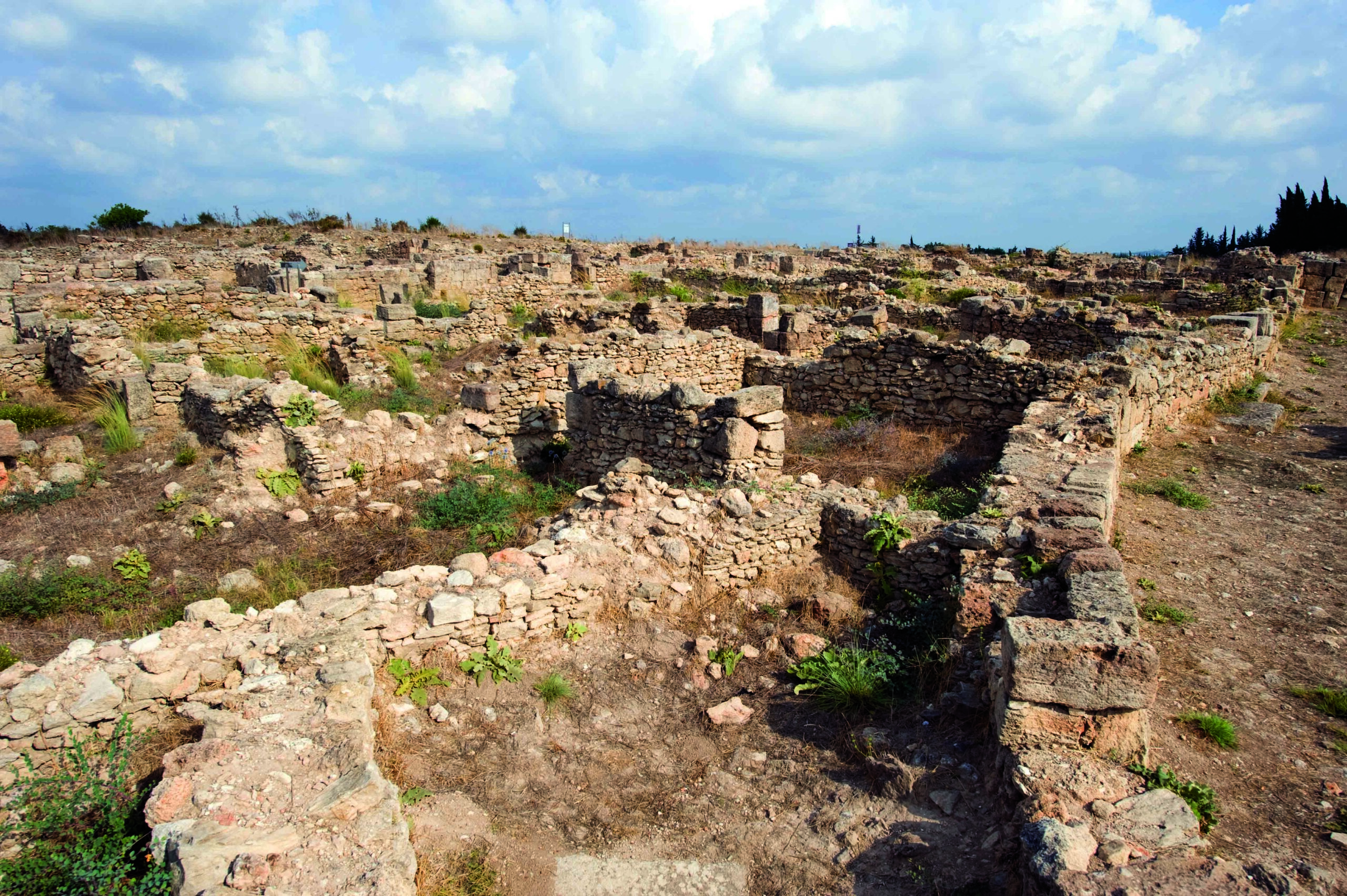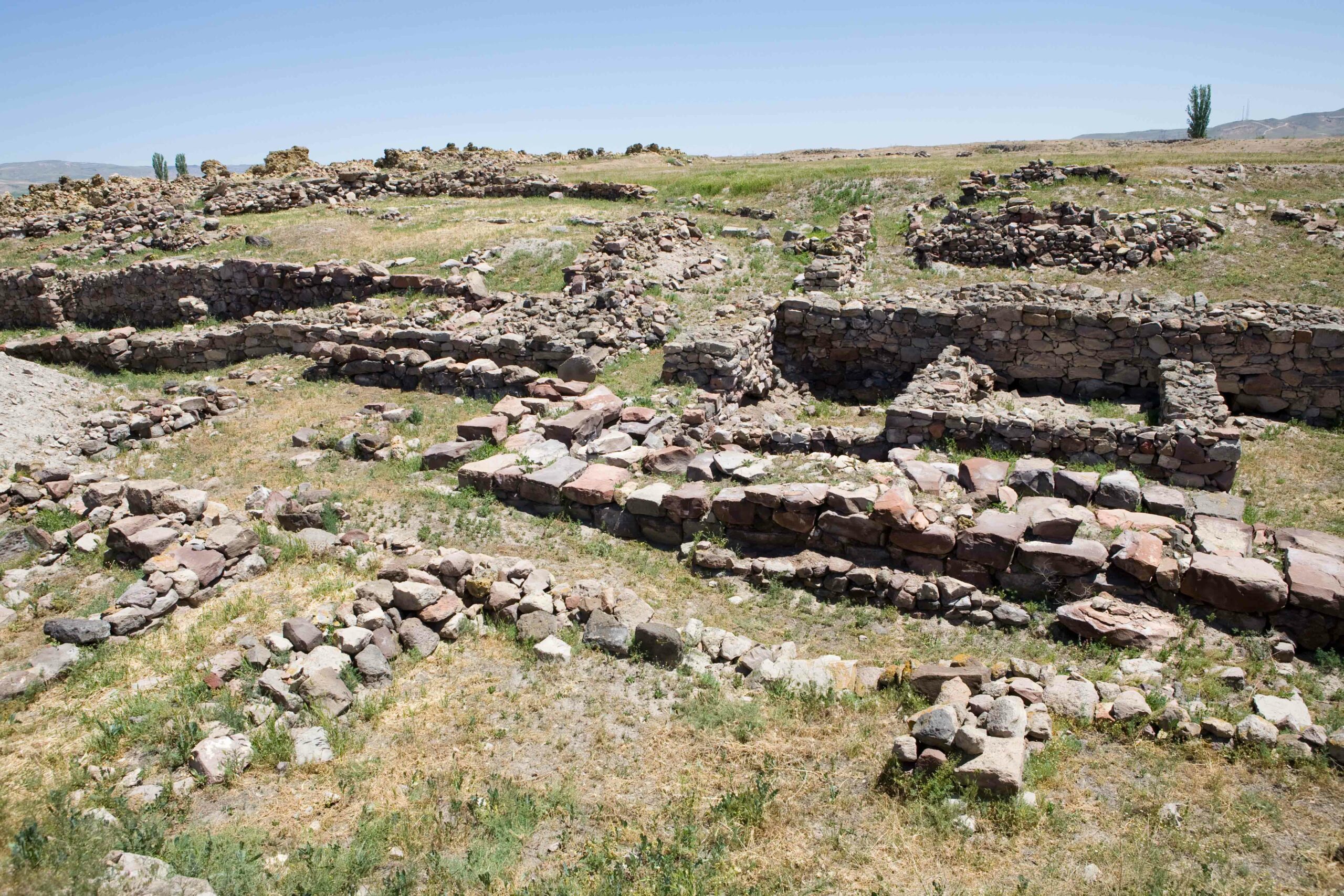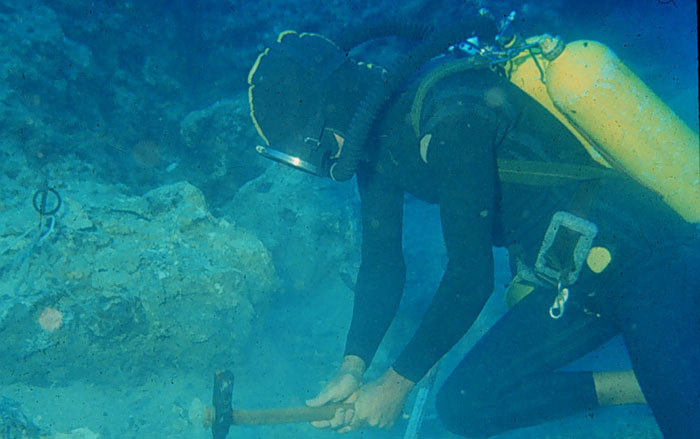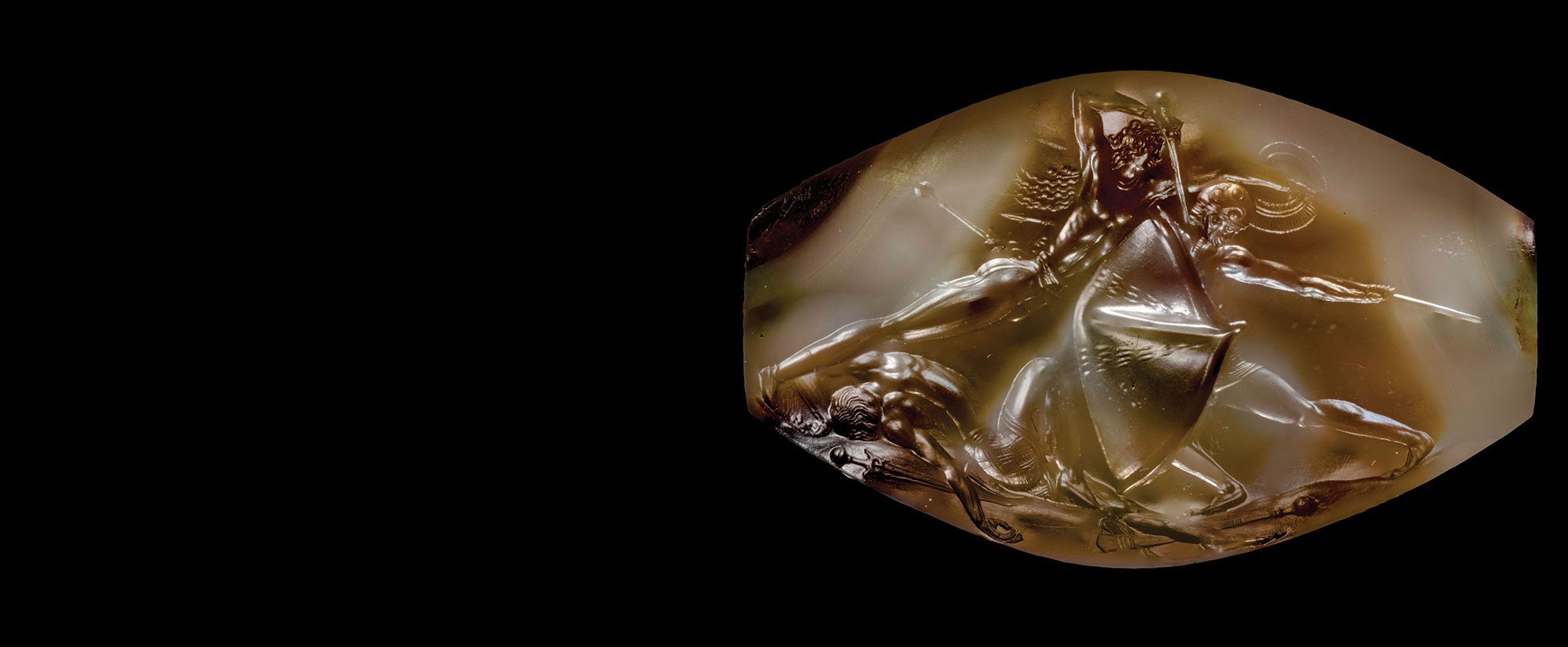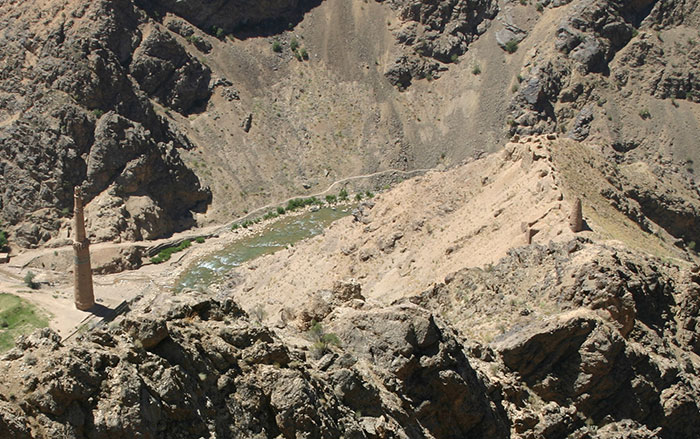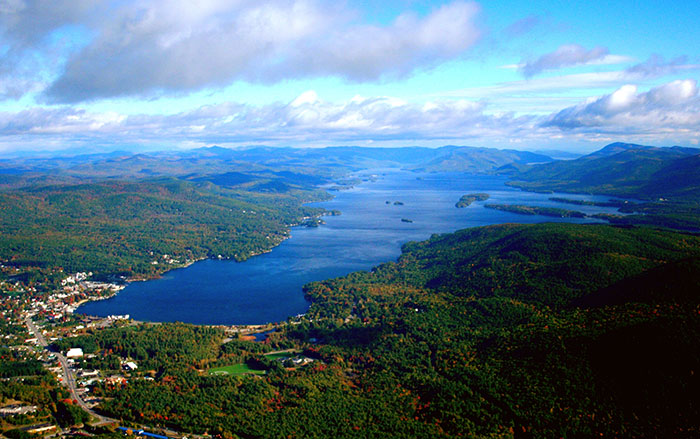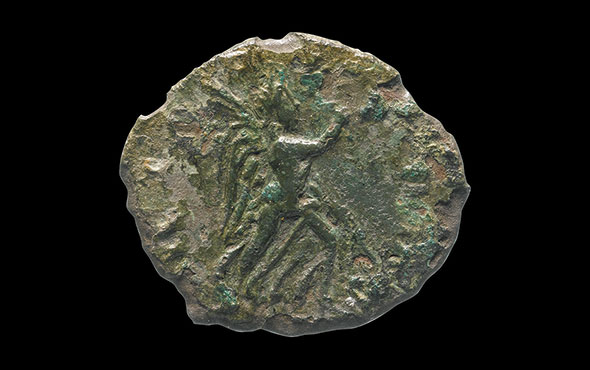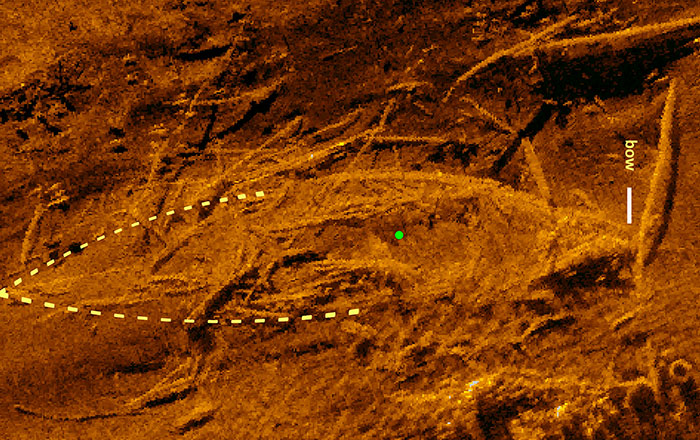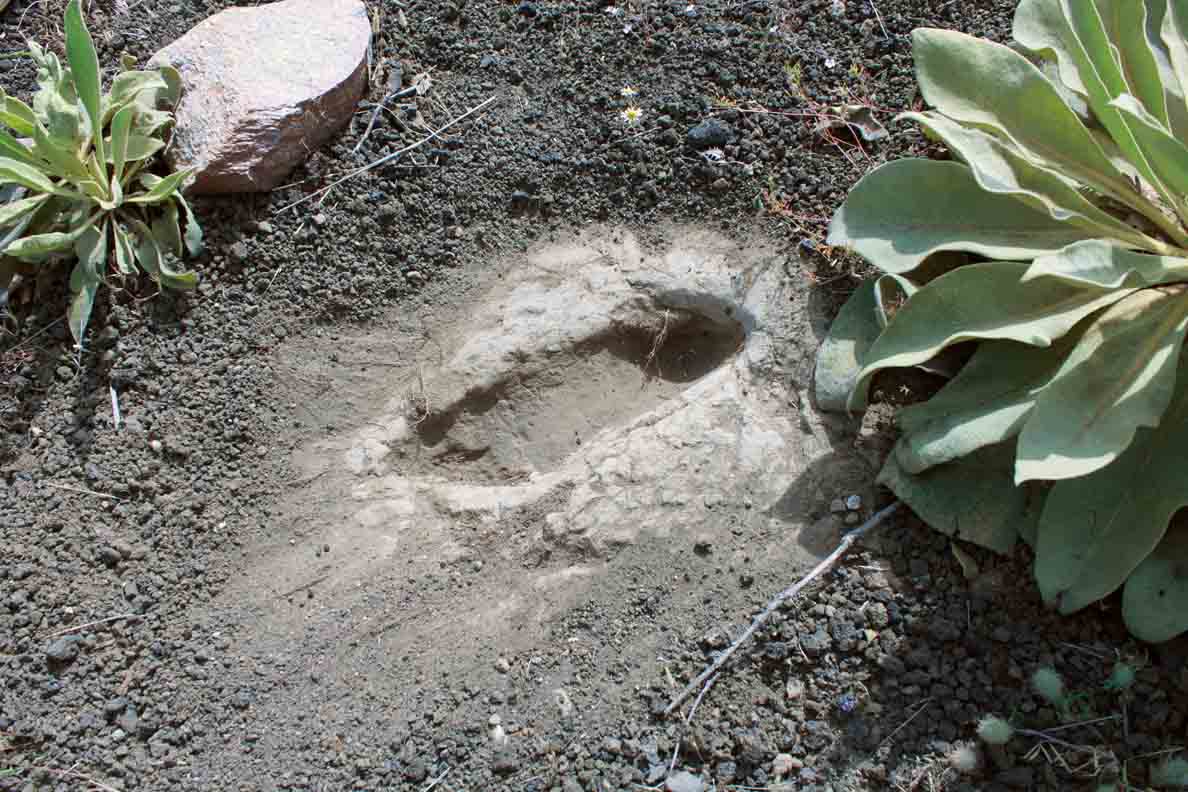
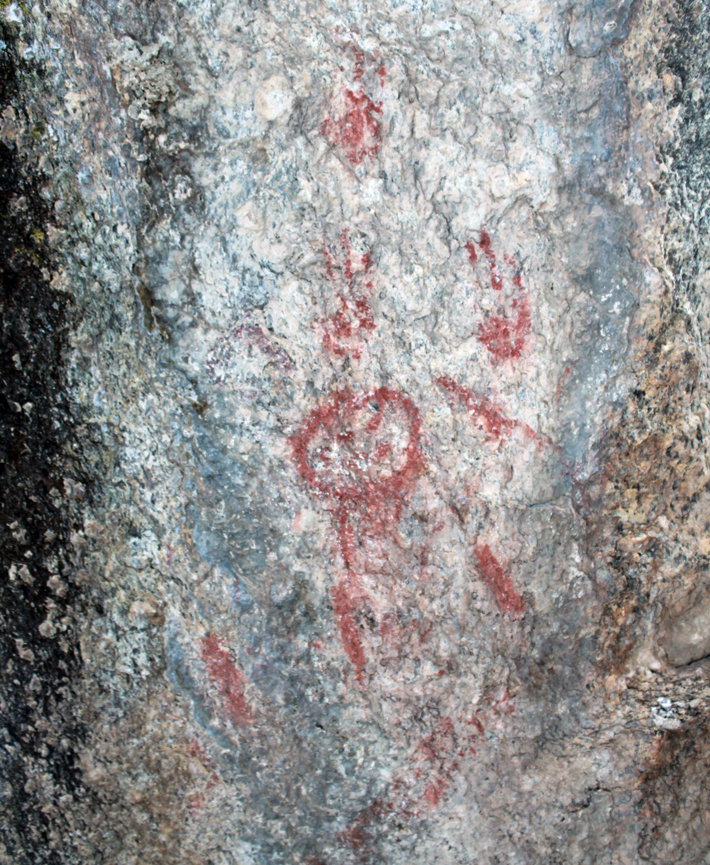
More than 50 years ago, human footprints were found preserved in volcanic ash near the Çakallar volcano in western Turkey. Since then, experts have tried to figure out when the eruption that cemented the prints in the earth occurred. Now, a team led by geologist İnan Ulusoy of Hacettepe University has produced a definitive answer. Using dating methods that measure the time since the basaltic lava flow first reached Earth’s surface and the time since external rocks carried by the volcano’s molten magma were last heated, they calculated that the eruption occurred approximately 4,700 years ago.
Ulusoy and his team also propose that a recently documented pictograph painted on a boulder at a rock shelter just over a mile from the footprints may be an illustration of Çakallar’s eruption made by Bronze Age people who saw it firsthand. The painting appears to depict a volcanic crater, with red dots that could represent glowing vents and a thick red line that may indicate the lava flow that breached the crater’s edge. Says Ulusoy, “I think what prehistoric people witnessed were relatively mild, low-intensity eruptions that you could watch from a safe distance.”


